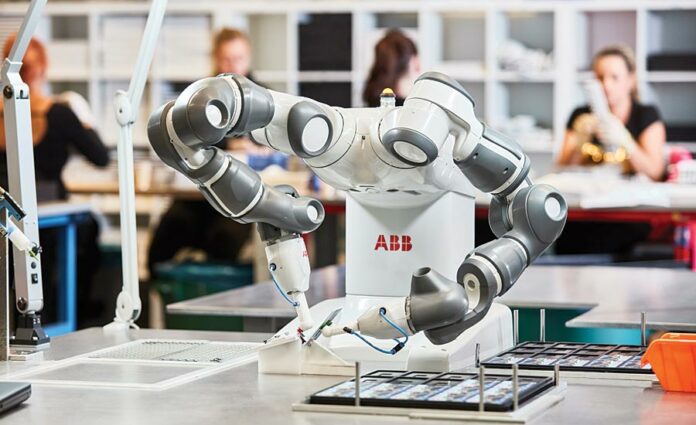Technology is rapidly emerging in the manufacturing & industrial field. The sector, with recent developments in automation, is introducing the use of robots in the workplace. And so far, they have shown enormous potential for accelerating and automating several production processes by substituting or assisting human workers on assembly lines. There are also concerns that, as the technology is modern, robots will essentially take over manufacturing, leaving people without employment and changing the industry as a whole. Another issue is that to be deployed on a large scale, robots for production should be both efficient and relatively affordable.
Researchers at Wuhan University of Science and Technology and Leicester University have recently developed an optimization technique that could help maximize the cost and performance of multiple robots that are set to run on assembly lines, according to Tech Xplore. This technique, introduced in a paper published in the journal Neural Computing and Applications of Springer Link, is based on a metaheuristic algorithm known as the migrating bird’s optimization algorithm, which is ideal because of its simplicity and versatility to adapt to the nature of a problem to solve optimization problems.
The algorithm will minimize the average cycle time of an assembly line and reduce a team of robots’ total purchase cost. The architecture of the algorithm is inspired by birds’ V- flight formation. The algorithm selects an optimal solution from a set of possibilities (i.e., a solution that optimizes the total cost and decreases the overall cycle time) and replaces obsolete solutions described earlier.
Overall, the optimization algorithm for migrating birds was found to produce impressive outcomes that were either greater or comparable to those obtained by the state-of-the-art techniques against which it was tested. In the future, manufacturers worldwide may use it to maximize the cost and productivity of assembly lines, using a team of robots to assist human staff.
The efficiency of cobots could be enhanced by advancements in machine learning and artificial intelligence in the future. When cobots become smarter, more complex tasks will possibly work and remember prior work to assist them in the future. Machine learning may also mean that cobots will be able to recognize themselves and solve any technical challenges to finish work more effectively.
Collaborative robots feature technical advances that address some of the most pressing problems in robotic automation, according to the Robotic Industries Association. Collaborative robots are rising in demand with a demonstrated ability to provide ROI, a reputation for high efficiency, and low initial costs.
As collaborative robots become a sought-after technology, they will rapidly take a large share of all robot sales, taking state-of-the-art capabilities to a wider range of industries and applications while driving long-term market development.
Follow and connect with us on Facebook, Linkedin & Twitter

